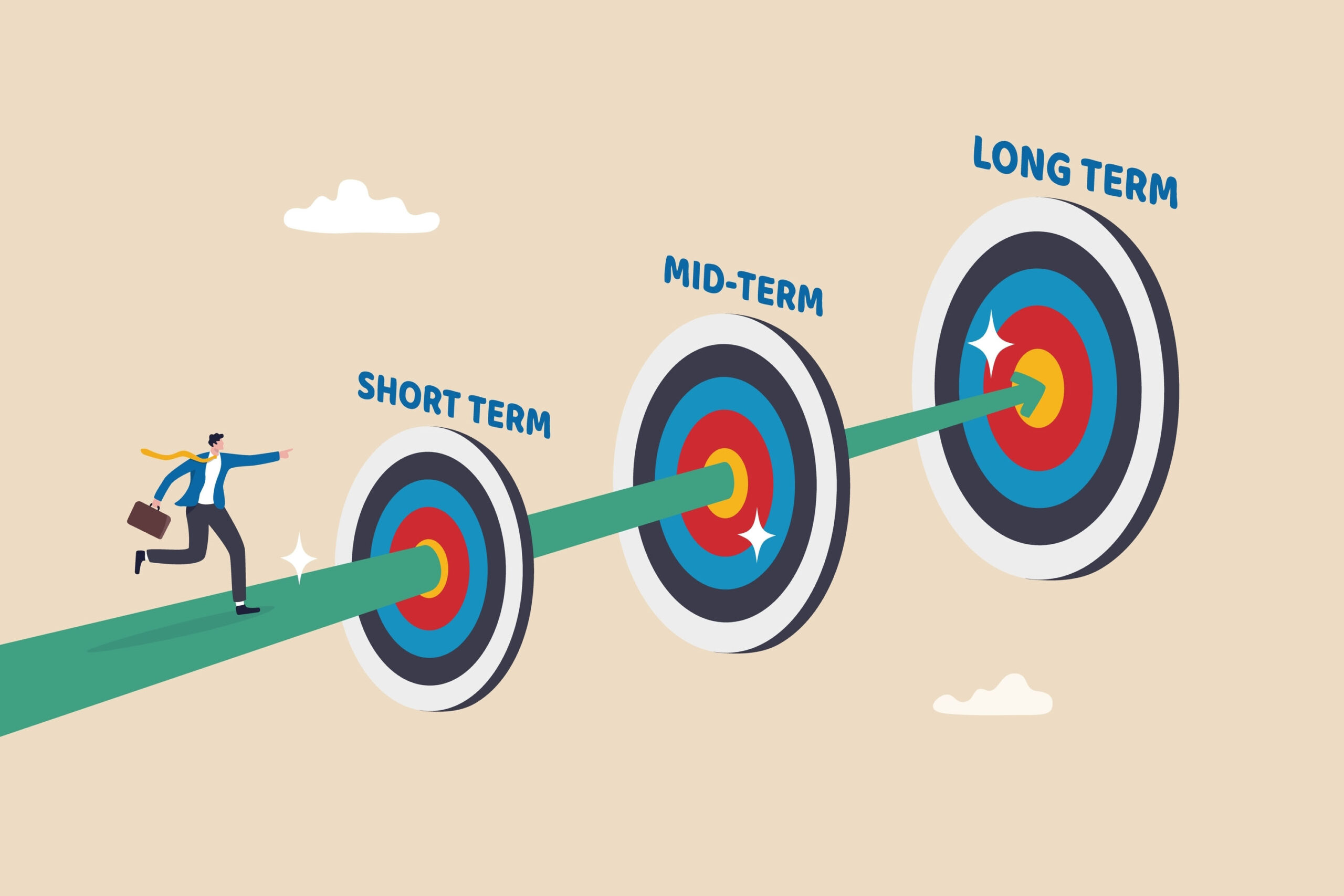Community associations are tasked with managing and maintaining the common property within a community to ensure it remains vibrant, functional, and attractive to residents and potential buyers. While handling immediate concerns that arise is an essential role of a community association, those community associations that invest in long-term strategic planning position themselves for sustainable success.
By creating a comprehensive roadmap for the future, a community association can address challenges proactively, manage resources effectively, and foster a thriving community. This article explores the benefits of long-term strategic planning for community associations and highlights some practical examples of what such planning might include.
Benefits of Long-Term Strategic Planning
A long-term plan allows a community association to anticipate future expenses and budget accordingly. This reduces the likelihood of sudden special assessments or unexpected financial shortfalls. For example, a strategic plan might include projections for maintenance and repair costs over the next 10 to 20 years, ensuring that reserve funds are sufficient to cover major expenses like roof replacements, road resurfacing, or pool renovations.
Community associations are responsible for maintaining community assets, such as clubhouses, pools, landscaping, and infrastructure. A strategic plan ensures that these assets are cared for proactively. By scheduling regular inspections and preventive maintenance, a community association can extend the lifespan of these amenities and avoid costly emergency repairs.
A forward-thinking community association can help maintain and even increase property values by planning for future upgrades and improvements. For instance, a long-term plan might include adding energy-efficient lighting, upgrading playgrounds, or installing electric vehicle (EV) charging stations. These enhancements not only attract buyers, but also demonstrate a commitment to innovation and sustainability.
Strategic planning encourages board members to think holistically about the community’s needs and priorities. This leads to better decision-making because choices are guided by long-term objectives rather than immediate pressures. For example, a community association might develop a five-year plan to update its bylaws and policies to reflect evolving community standards and state regulations.
Involving community members in the strategic planning process fosters a sense of ownership and collaboration. When community members see their input reflected in long-term goals, they are more likely to support community association initiatives and abide by community guidelines. For example, a community survey could help identify priorities such as improved security measures or expanded social programming.
Examples of Long-Term Strategic Planning
The following are examples of what a community association could consider as part of its long-term strategic plan.
- Infrastructure and Capital Improvements
- Establishing a timeline for road repairs, sidewalk replacements, or clubhouse renovations.
- Budgeting for new amenities, such as a fitness center, pickleball courts, or walking trails.
- Environmental Sustainability
- Implementing water conservation measures, such as drought-resistant landscaping or smart irrigation systems.
- Investing in renewable energy sources, like solar panels for community buildings or parking structures.
- Technological Upgrades
- Enhancing communication platforms with a community app or upgraded website.
- Installing security cameras, keyless entry systems, or other technology to improve safety.
- Financial Planning
- Building a reserve study to assess long-term financial needs.
- Developing investment strategies for surplus funds.
- Emergency Preparedness
- Creating a disaster response plan to address events like droughts, wildfires or power outages.
- Stocking emergency supplies for shared community spaces.
Long-term strategic planning is an invaluable tool for a community association that is looking to ensure the longevity and prosperity of its community. By focusing on future needs, financial preparedness, and proactive governance, a community association can navigate challenges effectively while enhancing the quality of life for the community members. Ultimately, a well-thought-out strategic plan not only protects property values but also builds a strong, cohesive community that community members are proud to call home.
If you have any questions regarding these materials, please reach out to the firm for assistance. Call us toll free at (800) 743-9324 or email moc.w1760186856albdh1760186856c@ofn1760186856i1760186856.
The information contained in this article is not intended to be legal advice and is provided for educational purposes only.
